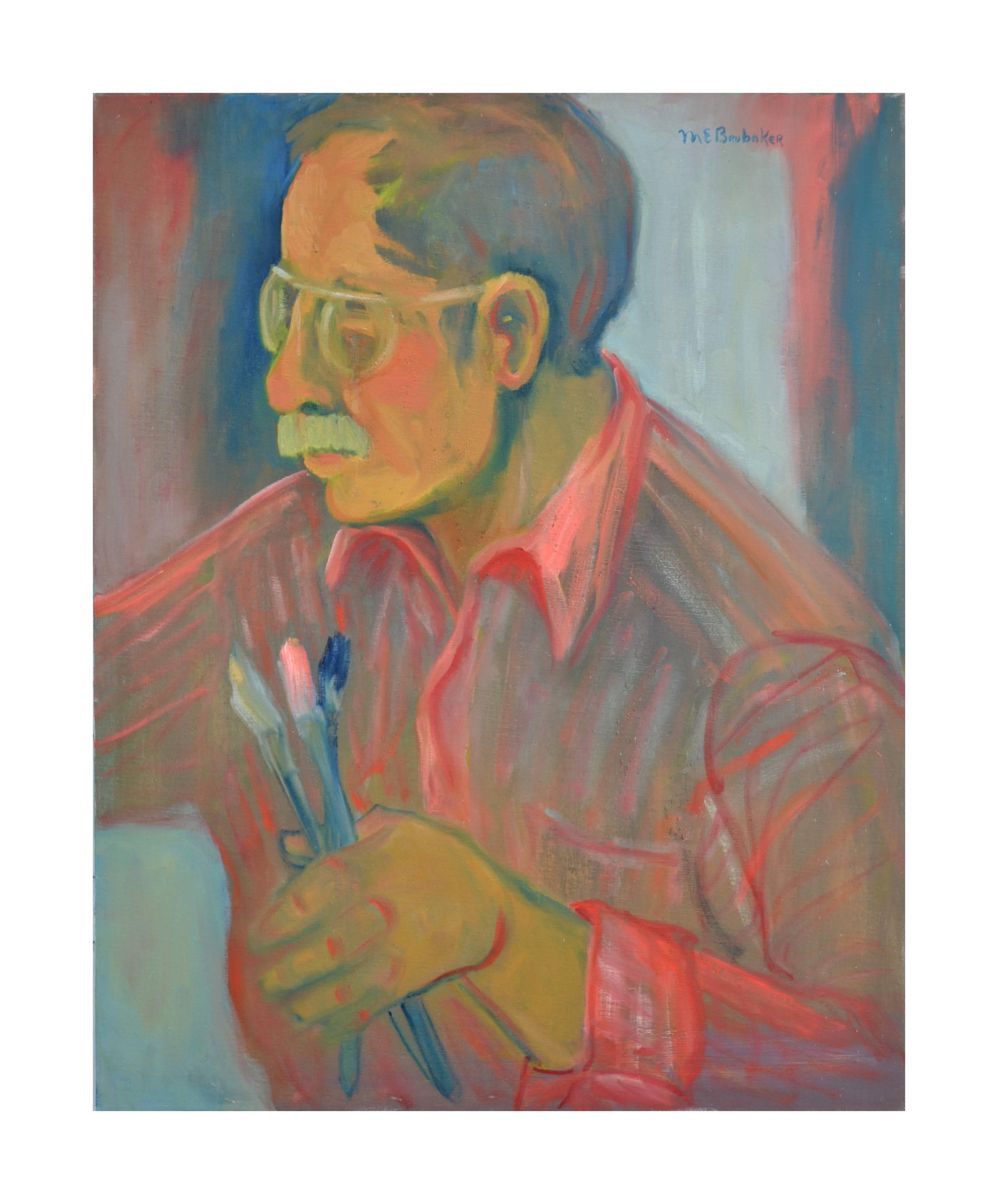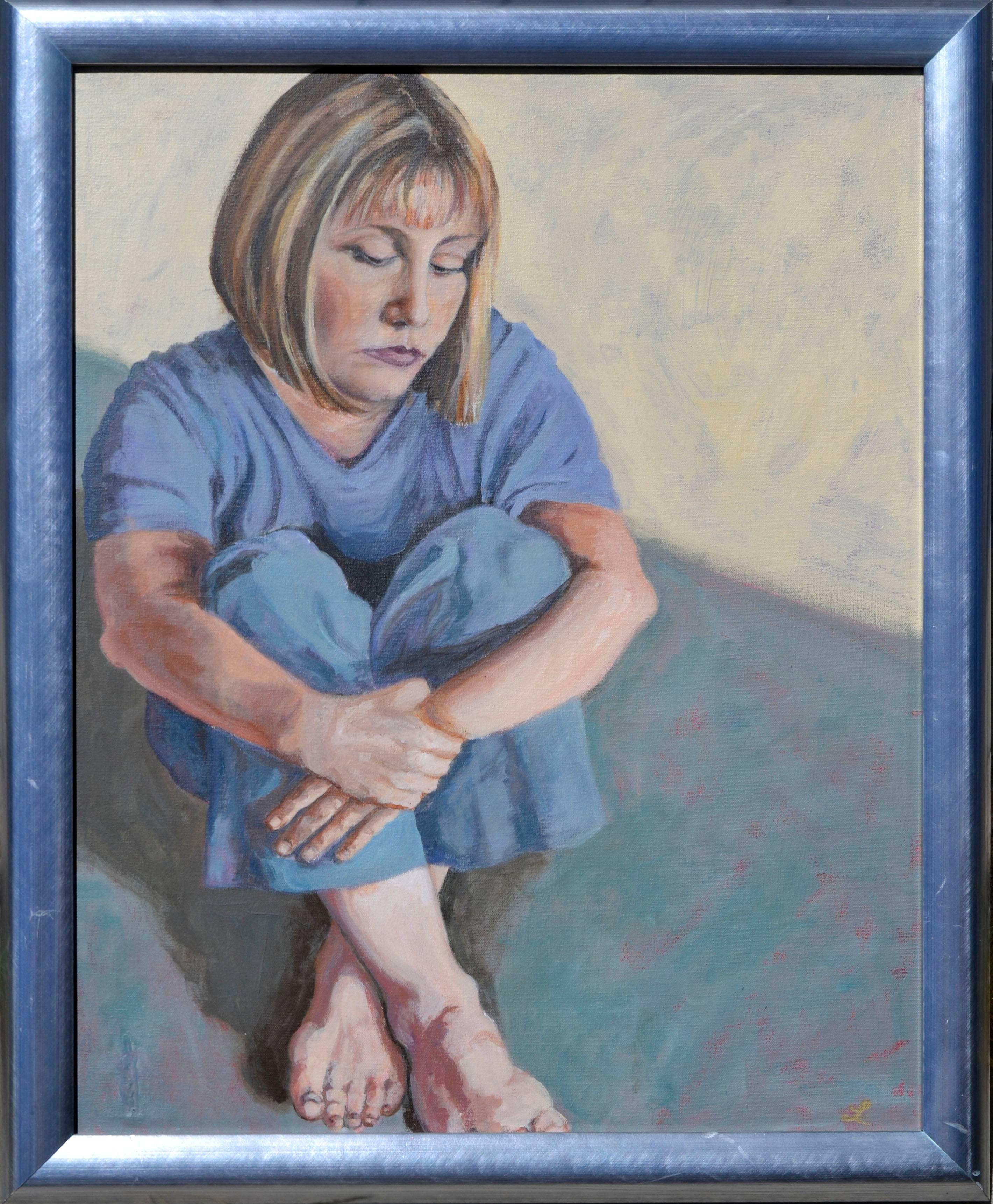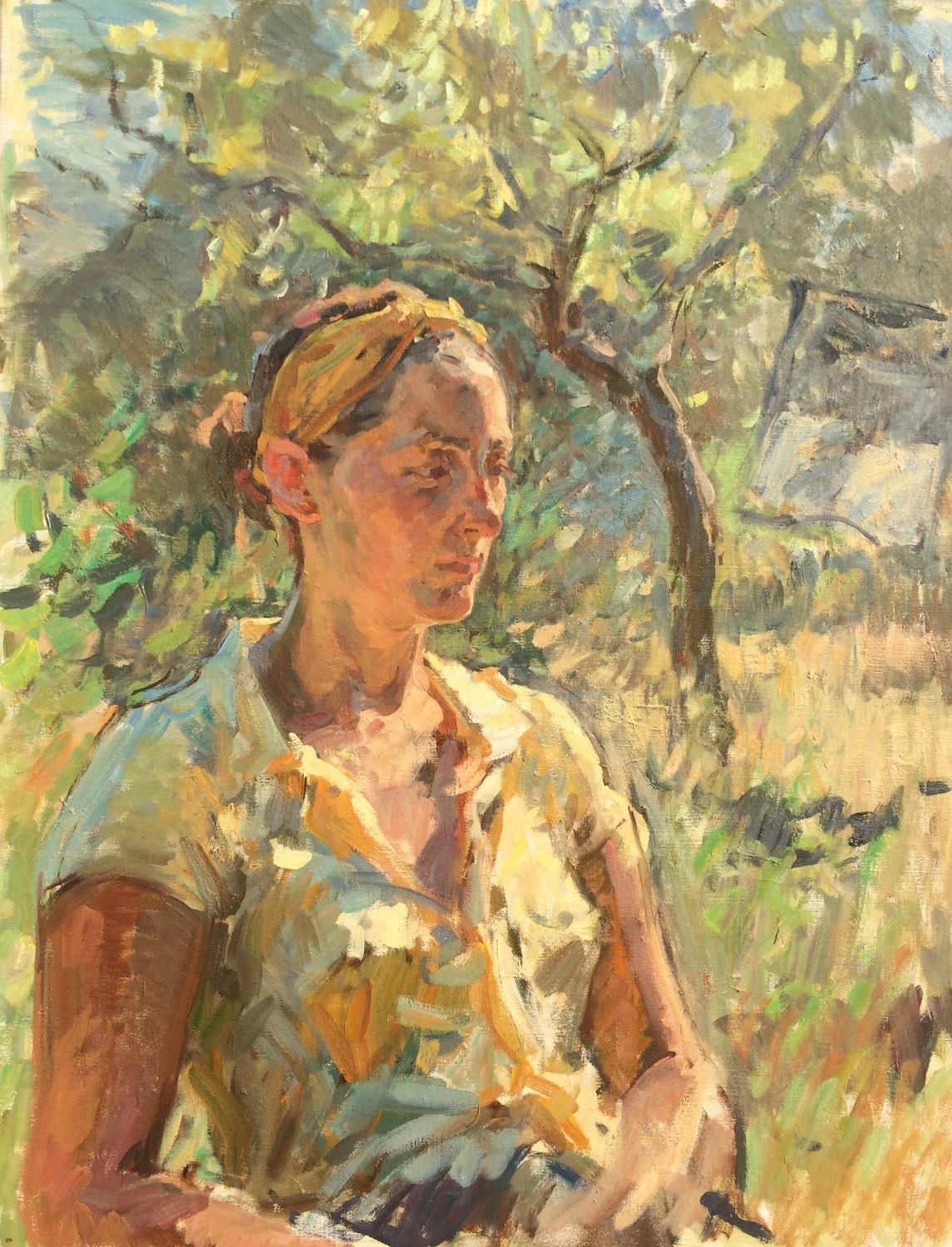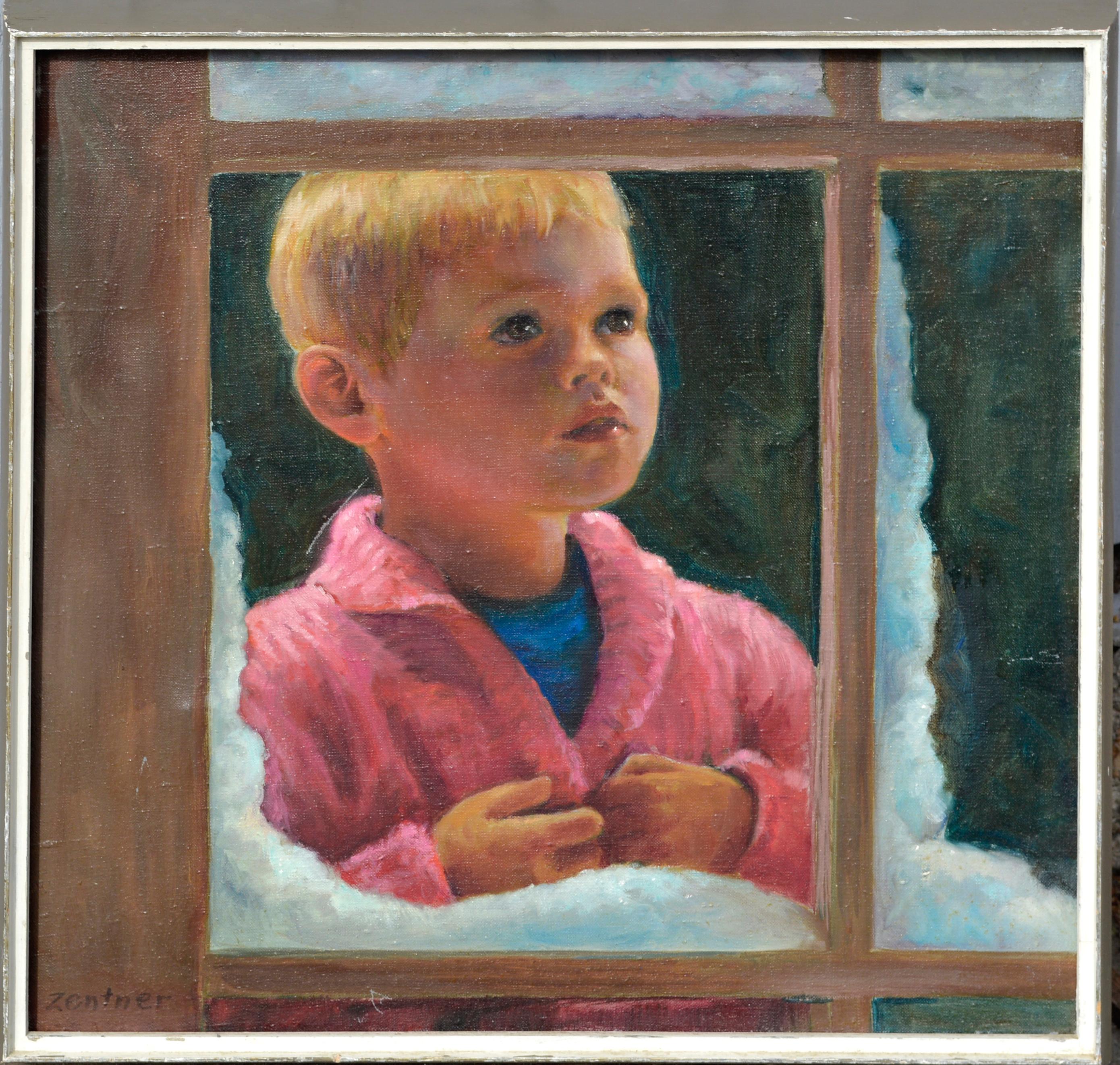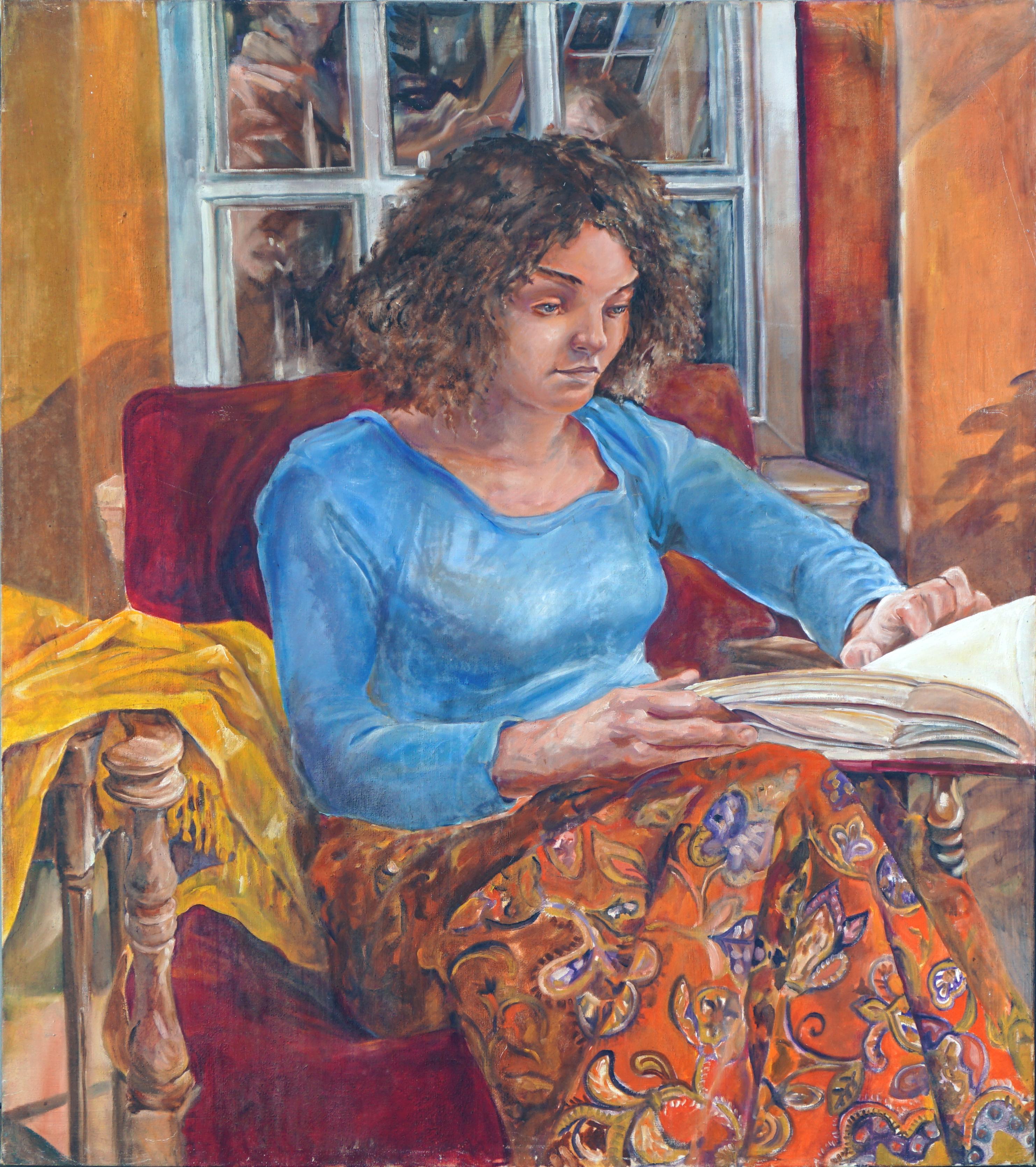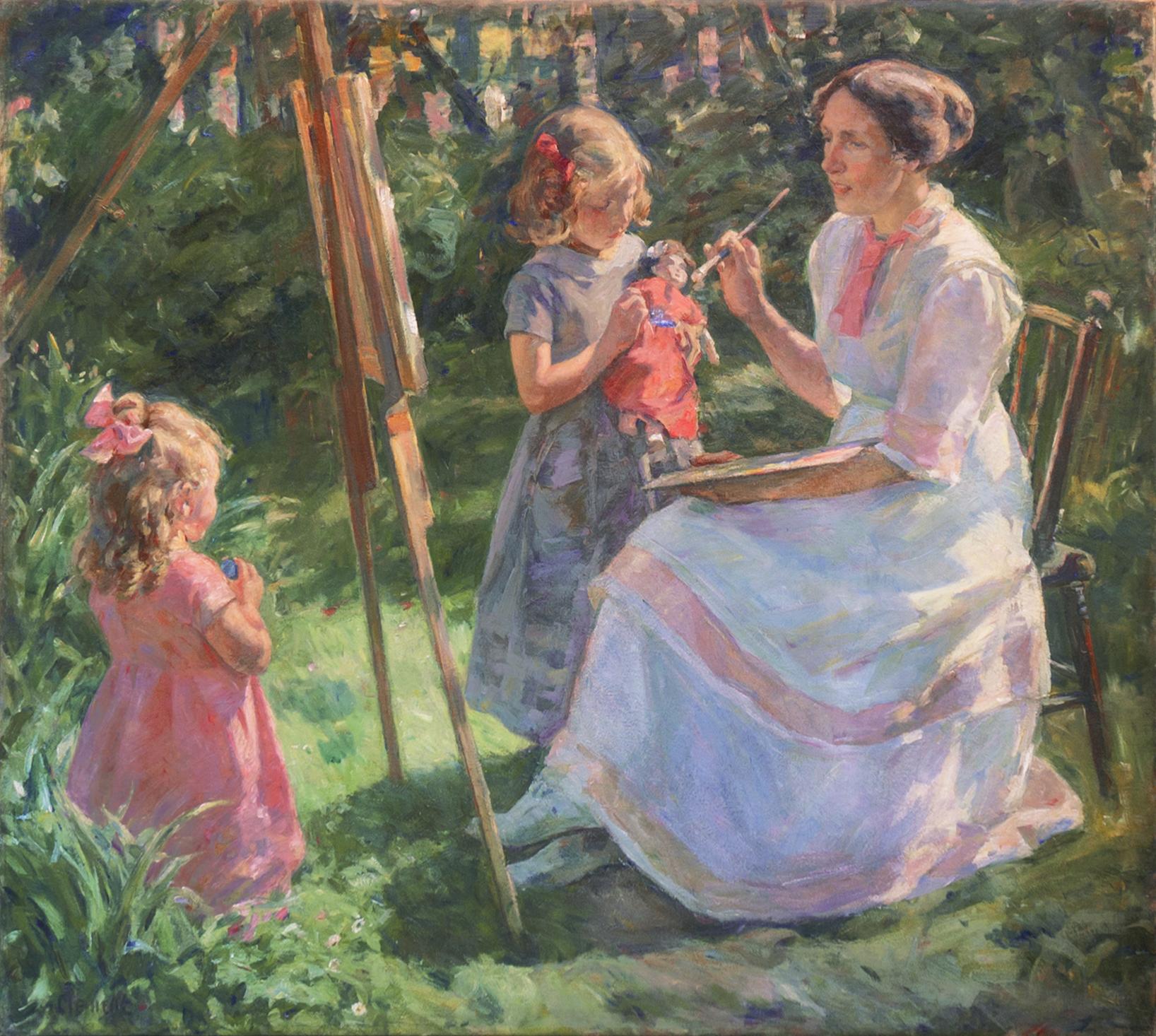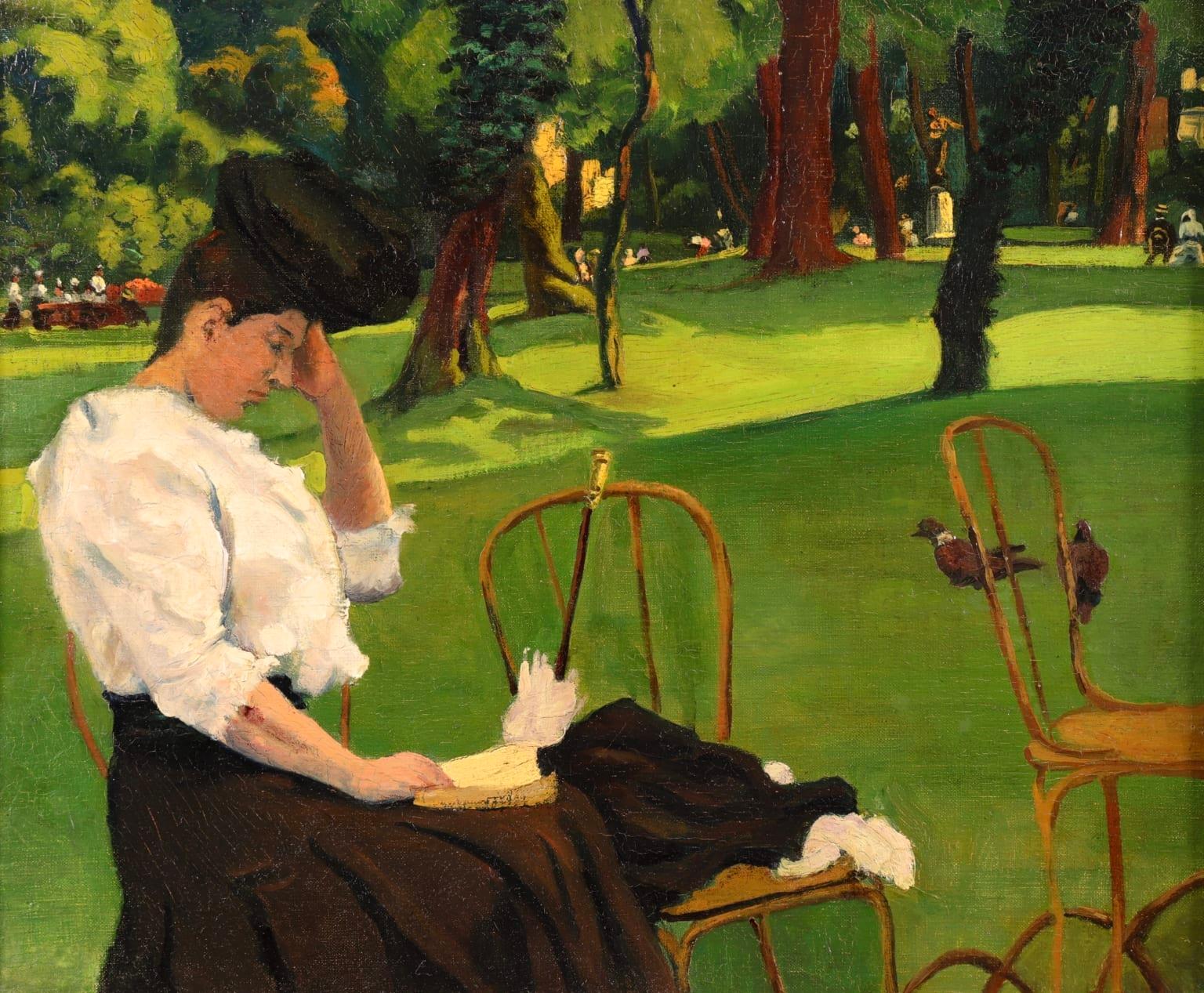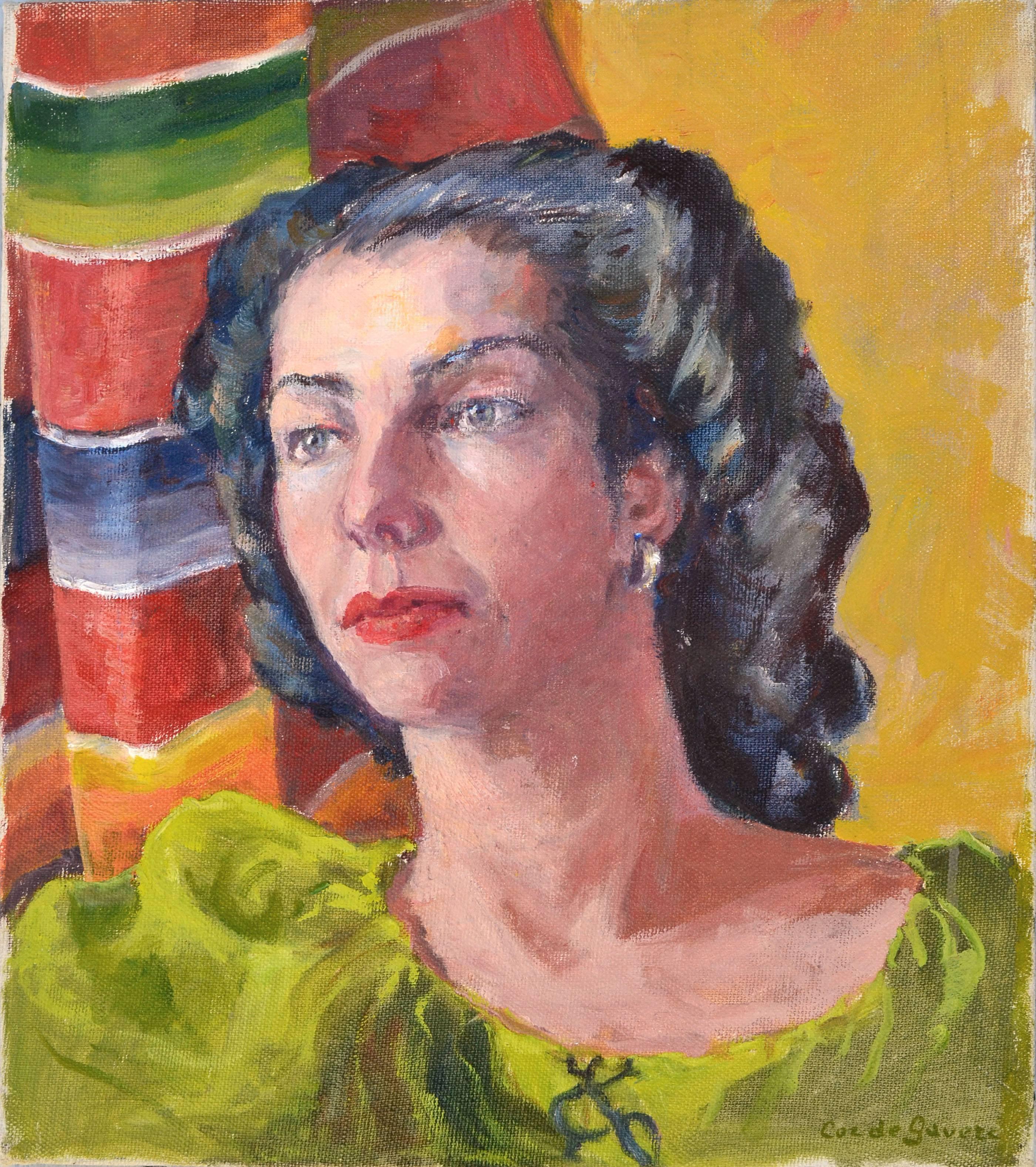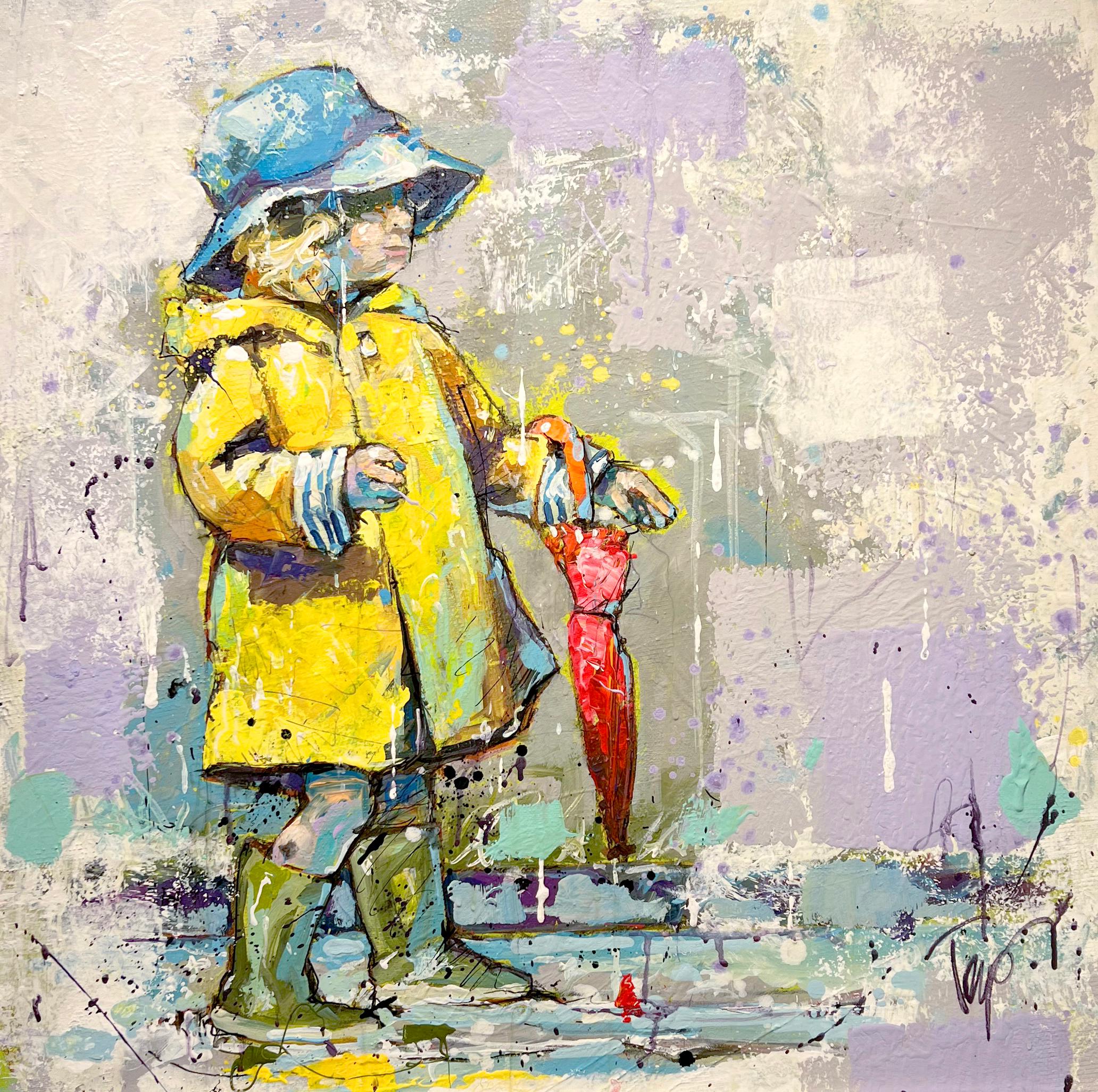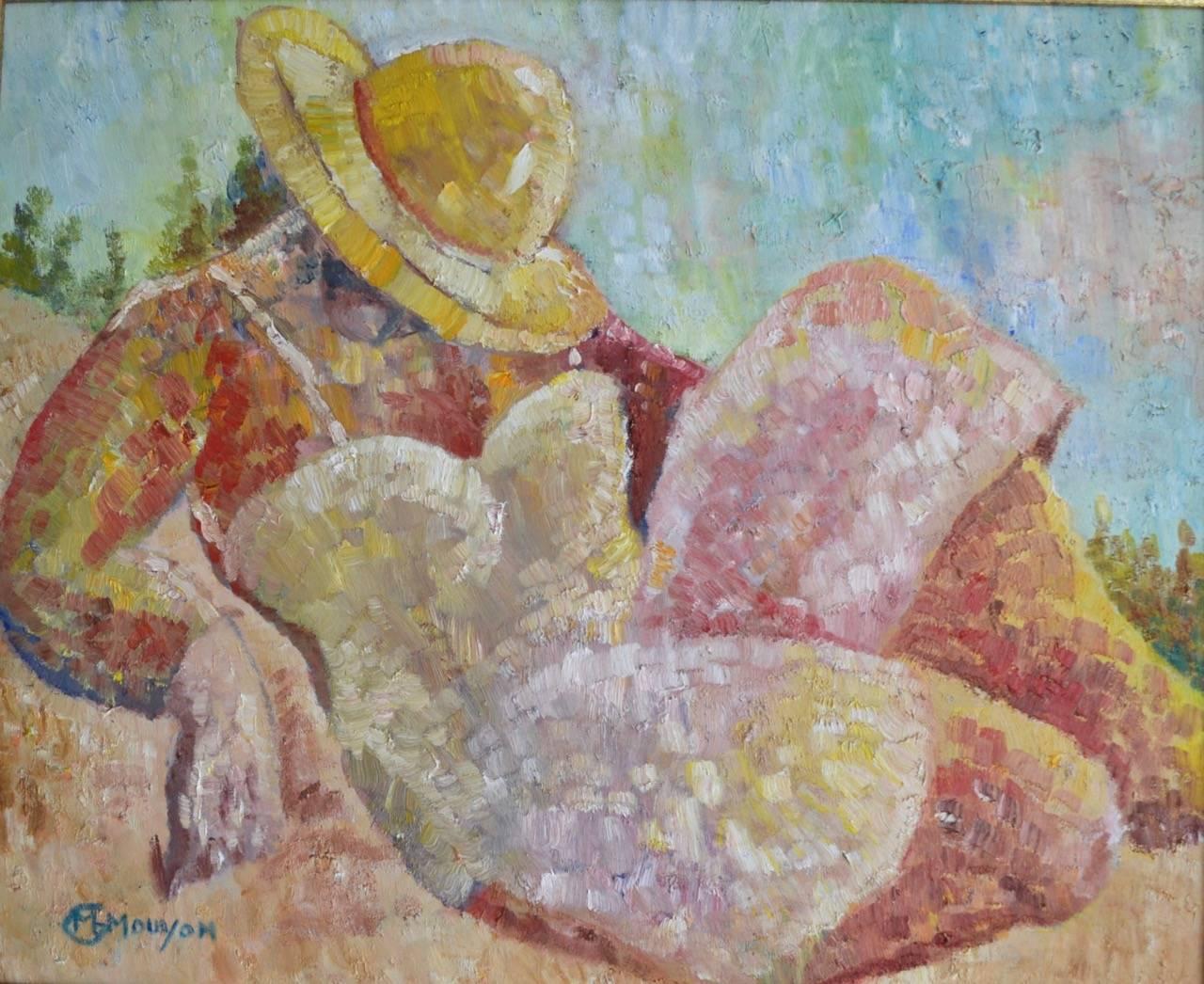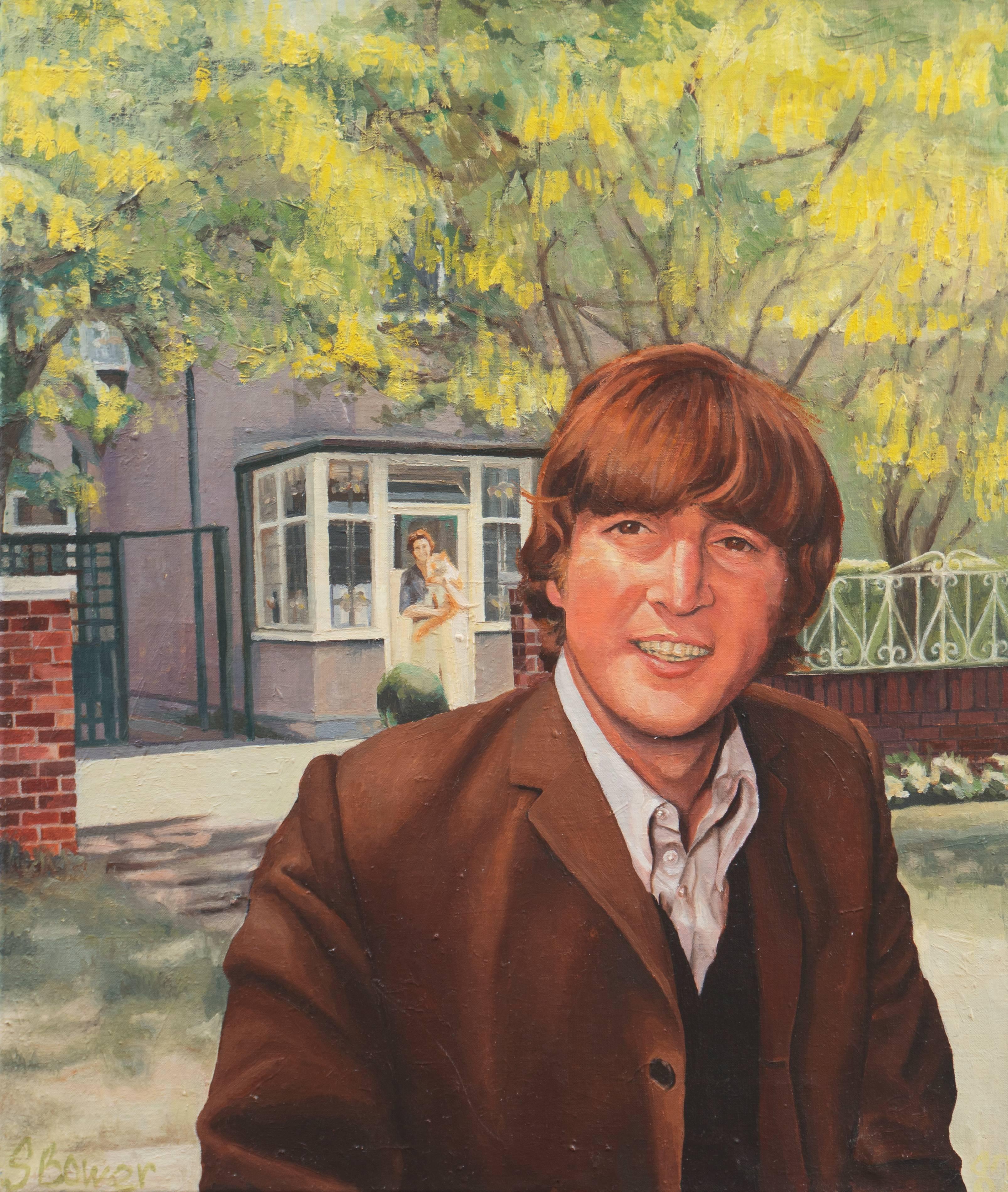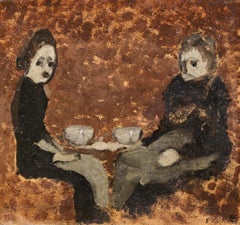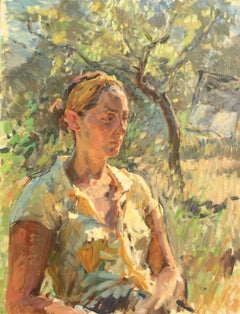
Les Enfants
Want more images or videos?
Request additional images or videos from the seller
1 of 9
Gaston ThysLes Enfants1885
1885
About the Item
- Creator:Gaston Thys (1863 - 1893)
- Creation Year:1885
- Dimensions:Height: 12 in (30.48 cm)Width: 31 in (78.74 cm)
- Medium:
- Movement & Style:
- Period:
- Condition:Excellent condition.
- Gallery Location:Marlow, GB
- Reference Number:Seller: LFA02311stDibs: LU41534166371
About the Seller
5.0
Platinum Seller
These expertly vetted sellers are 1stDibs' most experienced sellers and are rated highest by our customers.
Established in 2001
1stDibs seller since 2016
668 sales on 1stDibs
Typical response time: 3 hours
More From This SellerView All
- Elegante au Parc - French Impressionist School, Figure in LandscapeLocated in Marlow, BuckinghamshireA simply beautiful French Impressionist School oil on canvas of an elegant woman wearing a white blouse and black skirt and hat seated in a chair reading. Her parasol rests against t...Category
Early 1900s Impressionist Figurative Paintings
MaterialsCanvas, Oil
- The Light Refreshment - Nabis Oil, Seated Figures in Interior - Edouard VuillardBy Edouard VuillardLocated in Marlow, BuckinghamshireSigned figurative oil on board circa 1890 by French Nabis school painter Edouard Vuillard. The work depicts two seated ladies dressed in black with grey pinafores enjoying coffee together. Illustrated in the Catalogue Raisonne of Edouard Vuillard by Antoine Salomon and Guy Cogeval - Volume I, Page 229 - Reference IV-7 This striking work dates to between 1890 and 1891 which was without doubt Vuillard’s greatest decade as an artist. At this time the painter was working with the group of artist known as "Les Nabis" which included Pierre Bonnard, Maurice Denis, Paul Ranson, Ker-Xavier Roussel, Félix Vallotton, Paul Sérusier and Auguste Cazalis. The group played a large part in the transition from impressionism and academic art to abstract art, symbolism and the other early movements of modernism. They believed that a work of art was not a depiction of nature, but a synthesis of metaphors and symbols created by the artist. Signature: Signed lower right Dimensions: Framed: 10.25"x20.25" Unframed: 9.25"x10.25" Provenance: Renou et Poyet - Paris Roland, Browse & Delbanco - London (labels verso) c. 1955 The collection of Sir Alec Guinness Galerie Jan Krugier, Geneva - 1972 Nichido Gallery - Tokyo 1972 Private collection - Japan Christie's London - Impressionist & Modern Art - June 2016 Édouard Vuillard attended the Lycée Condorcet in Paris, where he made friends with Maurice Denis, Lugné-Poe, and Ker-Xavier Roussel, later his brother-in-law. He studied in Maillart’s studio; for six weeks came under the tutelage of Jean-Léon Gérôme at the École des Beaux-Arts in Paris; and later under William Bouguereau and Robert at the Académie Julian, where he became closely linked with the Nabis group (from the Hebrew word for ‘prophet’). He met Marcel Proust in 1902. From 1908, he taught at the Académie Ranson. In 1937, he was elected member of the Institute. At first, Vuillard painted small subjects, disciplined and proficient, qualities for which the prestigious École Française was famous. His earliest still-lifes (1888) are astonishing in their decisiveness and subtlety. His empathy for the object had already compelled him to soften its appearance; the object, which, by virtue of its bright or glossy presence, remained the nonego and the ‘thing represented’ for so many others. ‘Intimacy’ developed immediately between the painter and this modest environment; inhabiting it every day enabled him to celebrate its splendour, and it was to remain his favourite environment. But he was already alternating between small portraits and still-lifes, which gained recognition because of their natural qualities and dignity of tone: a rare combination in a beginner. About 1890, influenced indirectly by Paul Gauguin, all the certainties which the self-styled Nabis painters had contented themselves with suddenly collapsed. Everything was called into question again: both the linear layout of the picture and its colour scheme; the choice of subject and its material aspect; its manufacture and its purpose. Vuillard’s paintings at that time show surprising, bold innovations and an arbitrary power, which one would expect 15 or 20 years later at the height of the Fauvist period. The preoccupation with an internal geometry set them apart from earlier studies. From then on, the paintings were based on forms, lines, and colours. Vuillard made concessions. He produced a portrait or interior with its furniture and its wallpapers, in which the family inhabiting it, evolves. Treated with flat areas of colour and solid shades of ochres, reds, blues, and saffron yellow, without modulation, they seem to prefigure certain paintings by Henri Matisse and Roger de La Fresnaye. In 1891, Vuillard painted an Elegant Lady, a silhouette seen from the back; a long vertical shape starting from the hair decorated with brown feathers; there is a kind of pink cloak, the tight and never-ending black skirt, erect in front of a half-open, bright orange door in a green wall, from where the light of another vertical shape emerges, which is bright yellow, and is reflected in red on the parquet at the feet of the elegant lady. This painting meets his concerns about the actual moment of creating ‘harmonies corresponding to our feeling’, and by virtue of its almost geometric structure, its drawing entirely free of detail, its light effects and colour harmonies, very much prefigures aspects of the future Abstraction movement and is oddly reminiscent of the final period of Nicolas de Staël. All too often, Vuillard is only admired in his role as the harmonist, the serene contemplator who combines an exquisite sense of nuance, rhythms, and values with the most acute observation. These singular investigations, these three-dimensional meditations including a table, a folding metal cot...Category
1890s Impressionist Figurative Paintings
MaterialsOil, Board
- Dancer at the Opera - Impressionist Portrait Oil Painting by Norbert GoeneutteBy Norbert GoeneutteLocated in Marlow, BuckinghamshireSigned, titled and dated figurative oil on panel by French impressionist painter Norbert Goeneutte. The work depicts an elegant seated dancer getting dressed. She is wearing a dress with a black corset trimmed with yellow flowers around the bust and a white tuile skirt. A yellow flower contrasts against her dark hair. Signature: Signed upper right and titled and dated 1886 verso Dimensions: Framed: 9"x7" Unframed: 8"x6" Provenance: Private French collection Goeneutte studied under Pils and exhibited at the Salon from 1876 onwards. He was one of the organisers of the painter/engraver exhibitions ( Expositions des Peintres-Graveurs). His principal preoccupation lay in capturing scenes from everyday life in Paris, portraying its citizens and, above all, the women of the city. There is a discernible influence of Raffaëlli, although Goeneutte lacks the latter's expressive intensity. Examples of his work include Classroom, Boulevard de Clichy in the Snow, Arrival of the Wedding Party...Category
1880s Impressionist Portrait Paintings
MaterialsPanel, Oil
- La Baigneuse - Impressionist Portrait Oil Painting by Constantin TerechkovitchBy Constantin TerechkovitchLocated in Marlow, BuckinghamshireSigned impressionist figurative oil on board circa 1940 by Russian painter Constantin Terechkovitch. The piece depicts a portrait of a lady in a dress and sun hat undressing in a wooded area beside a lake. The red of the dress contrasts beautifully against the deep blue of the water. Signature: Signed lower right Dimensions: Framed: 23.5"x15.5" Unframed: 18.5"x10.5" Provenance: Private French collection - Angers Konstantin Tereshkovich went to school in Moscow, where his family had moved in 1907. In 1917 he attended classes briefly at the Moscow School of Painting, Sculpture and Architecture. In 1920, after the revolution and civil war, during which he may have served as a Red soldier, he made his way to Paris, where, since his adolescence, he had always dreamed of being a painter in the city's vibrant artistic climate. To welcome him in Paris were Larionov (this was the time of the Ballets Russes) and Soutine, who were full of the experience of living along with Chagall, Modigliani and many others in La Ruche, the famous rotunda built for the Paris Exposition and later used for artists' studios. Making a living as best he could, Tereshkovich went to draw at the Académie de la Grande-Chaumière. He joined the Montparnasse circle of Kisling, Kremen and Lanskoy and later that of Roland Oudot, Maurice Brianchon and Raymond Legueult. Later they went on to form Réalité Poétique (Poetic Reality), a spontaneous group of painters that only became formalised in 1948. Tereshkovich joined the French Foreign Legion in 1939 but was demobilised in 1940. In 1944 he fled with his family to Avallon, where he had often painted. From 1950 he lived and worked in Menton, travelling, either in search of new subject matter or for pleasure, and once every four years went to the Olympic Games, to indulge his taste for sport. When Tereshkovich arrived in Paris he was overwhelmed by it, at first letting himself simply be carried away like a tourist, by shows like the French Can-Can, whose young dancers he painted both on stage and backstage; these paintings brought him some success. In 1933, he designed sets and costumes for the Ballets Russes de Monte Carlo. That year, he also married. His wife became his favourite model, and she was joined later by their two daughters, in countless family scenes that show his evident happiness down the years. He painted a wide variety of subjects, including Portrait of Frédéric Lefèvre, L'Espagnole, La Belle Danoise, and Avallon Town Crier, all of which were typical of his style. He also painted still-lifes and landscapes, such as Church near Avallon and Landscape at Villeneuve, and many horse racing scenes (he was a great racing enthusiast). In addition, he also produced many lithographs, some of which were illustrations for works by Colette or Chekhov, as well as designs for ceramics and tapestries. In his landscapes of the outskirts of Paris and the nearby countryside he would seize on a sudden intense ray of light piercing the mists on the Seine and turn it into something quite personal. During his travels, he went in search of ever more distant landscapes, both in France and beyond. Over the years, he also painted many portraits of his painter friends and others whom he met. Some of these portraits are entirely predictable, such as that of Bonnard, for whom he had nothing but admiration, but some of his other subjects are more surprising. These include: Soutine, Bonnard, Matisse, Utrillo, Vlaminck, Dunoyer de Segonzac, Rouault, Derain, Friesz, Van Dongen and Braque. Tereshkovich exhibited in various group exhibitions, including: from 1925 at the Salon d'Automne, Paris; in 1929, in Moscow, Tretyakov Gallery, along with Chagall, Soutine, Zadkine and Puni (the exhibition of Russian artists working in France). He went on to show work in many exhibitions around the world, such as: 1951, 1st Menton Biennale, where he won the Grand Prix; 1954 to 1958, 1963, the École de Paris exhibition at the Galerie Charpentier; regularly at the Salon des Peintres Témoins de leur Temps; 1972 Galerie des Granges, Geneva, Les Maîtres de la Réalité Poétique; and 2003, Musée de Montmartre, Paris, A Russian Summer in Montmartre: St Petersburg Artists in Paris in the Early 20th Century. He also showed work in solo exhibitions: 1927 Paris, Galerie Ch. Aug. Girard; 1934 Geneva, Musée de l'Athénée; 1937 Chicago, New York; 1938 Paris, Galerie de l'Élysée; 1942 Paris, Galerie Pétridès; 1946 Paris, Galerie Dubourg; 1948, 1951 Paris, Galerie Bernier; 1953 Paris, Galerie Pétridès, and Nice, Galerie Matarasso (watercolours and lithographs); 1957 Paris...Category
Mid-20th Century Impressionist Portrait Paintings
MaterialsOil, Board
- Joyeux Pierrot - Impressionist Oil, Portrait by Armand Francois HenrionBy Armand (François Joseph) HenrionLocated in Marlow, BuckinghamshireSigned impressionist oil on panel portrait circa 1910 by French painter Armand Francois Henrion. The work depicts a happy, smiling Pierrot - a French clown - with his face painted white wearing white ruffles and a mint green hat. Signature: Signed lower right Dimensions: Framed: 9"x7.5" Unframed: 7"x5.5" Provenance: Private French collection Armand François Joseph Henrion...Category
1910s Impressionist Portrait Paintings
MaterialsOil, Panel
- Pierrot Surpris! - Impressionist Oil, Portrait by Armand Francois HenrionBy Armand (François Joseph) HenrionLocated in Marlow, BuckinghamshireSigned impressionist oil on panel circa 1910 by French painter Armand Francois Henrion. This charming work depicts a portrait of a surprised Pierrot - a French clown - with a white powdered face wearing white ruffles and a pink hat. The pierrot is set against a brown background. Signature: Signed lower right Dimensions: Unframed: 7"x5.5" This painting is not currently framed but a suitable frame can be sourced if required Provenance: Private French collection Armand François Joseph Henrion...Category
1910s Impressionist Portrait Paintings
MaterialsOil, Panel
You May Also Like
- Vintage Abstract Expressionist -- An Artist and His ToolsBy Molly E. BrubakerLocated in Soquel, CAWonderful abstract expressionist figurative of a painter at work, deeply focused on his subject is captured by California artist Molly E. Brubaker (American, 1922-2000). Unframed. Im...Category
1970s American Impressionist Figurative Paintings
MaterialsCanvas, Oil
$700 Sale Price20% Off - Lise, a Self Portrait of the ArtistBy Lise Lang CrowleyLocated in Soquel, CASelf-portrait of the artist, in a pensive seated pose, by Lise Lang Crowley (American, 20th century). Signed "L" lower right and signed "Lise Lang Crowley" on verso. Presented in a r...Category
1990s American Impressionist Portrait Paintings
MaterialsCanvas, Oil
- "Amy Outside" 2018 - oil painting, portrait of a woman outdoors sunny yellow hueBy Ben FenskeLocated in Sag Harbor, NYAn oil on canvas painting of a woman outdoors, a curvy tree in the near distance frames her portrait. She wears a yellow short sleeve button-down and a matching scarf in her hair. ...Category
2010s Impressionist Figurative Paintings
MaterialsOil, Canvas
- "I See a Robin" - Portrait of a Boy in WinterBy Veon ZentnerLocated in Soquel, CA"I See a Robin," a figurative oil painting of a boy in a window by Veon Zentner (American, 20th Century). Presented in a rustic wooden frame. Signed "Zentner" lower left. Titled "I S...Category
1990s American Impressionist Figurative Paintings
MaterialsCanvas, Oil
- Seated Figurative / Ocean Path Landscape - Double Sided Oil PaintingLocated in Soquel, CAWonderful double-sided oil painting of the artist Jane Voitel Mellin reading a book and also a landscape of an ocean path on verso by Nicholas Read (American), circa 1975. Unsigned. ...Category
1990s American Impressionist Figurative Paintings
MaterialsCanvas, Oil
$1,800 Sale Price20% Off - 'Skagen', Paris, Académie des Beaux-Arts, Salon des Artistes Français, MunichLocated in Santa Cruz, CASigned lower left, 'Clement' for Gad Frederick Clement (Danish, 1867-1933) and painted circa 1920. Titled, verso, on old exhibition label, 'Fra Haven' (From the Garden). Additionally signed, verso, on stretcher bar and titled, 'Vesterby, Skagen' Exhibited: Skagen Museum, circa 1920, from label, verso. 'Helsinki Art Gallery, 1928', from label, verso. 'Danish Art Convention Forum, 1929', from label, verso. Gad Clement created this luminous painting in the garden of the Vesterby beach house where he and his wife, the artist Martha 'Tupsy' Clement, summered from 1908-1920. A substantial and well-exhibited work, it shows Tupsy at her easel beside their daughters, Bitten (b.1912) and Lillemor (b.1909). Fusing the ideal with the intensely personal, the artist has lyrically captured both the bonds of maternity and the dreamland of childhood. Gad Frederick Clement first studied at Copenhagen's Technical School (1883–1885) before attending the Académie des Beaux-Arts in Paris (1885-1888). Returning to Denmark, he continued his studies under Laurits Tuxen...Category
1910s Impressionist Portrait Paintings
MaterialsOil, Canvas
